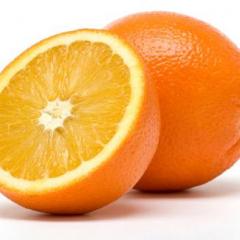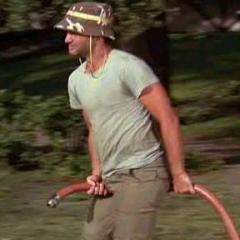IGNORED
Re-Shafting Irons (First Timer Advice)
-
Topics Being Discussed Right Now on The Sand Trap
-
- 0 replies
- 181 views
-
"5 Minutes Daily" Practice Challenge 1 2 3 4 840
By iacas, in Instruction and Playing Tips
- 5 minutes daily
- dedication
- (and 6 more)
- 15,114 replies
- 911,411 views
-
- 228 replies
- 21,712 views
-
- 19,522 replies
- 1,049,398 views
-
- 37 replies
- 3,743 views
-





Recommended Posts
Create an account or sign in to comment
You need to be a member in order to leave a comment
Create an account
Sign up for a new account in our community. It's easy!
Register a new accountSign in
Already have an account? Sign in here.
Sign In Now